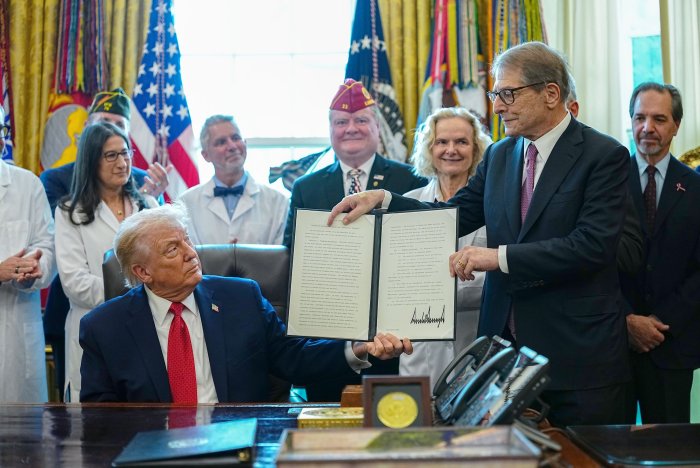Trump ballroom plans to undergo review in January
Dec. 25 (UPI) — The National Capital Planning Commission has added the East Wing Modernization Project at the White House to its Jan. 8 agenda to review construction of a new ballroom and other improvements.
Trump administration officials will provide the commission with an informational presentation on the ballroom construction and other planned improvements, according to The Hill.
No public testimony will be heard and no vote taken on the project during the meeting, according to the NCPC.
“This is an opportunity for the project applicant to present the project and for commissioners to ask questions and provide general observations prior to formal review, which we anticipate this spring,” the NCPC said in a FAQ published on the commission’s website.
The NPC has no authority over White House demolitions or site preparations and only reviews building exteriors, per the National Capital Planning Act, but it does review proposed new construction or permanent site improvements.
The National Environmental Policy Act does give the NCPC the authority to review projects within the District of Columbia to ensure compliance with the NEPA.
The National Historic Preservation Act, though, does not apply in the matter as the White House and its grounds are excluded from its provisions.
The Trump administration initially said the construction of a new ballroom in the East Wing of the White House would cost $200 million, and said that the project will be funded by private donations.
President Donald Trump last week said the project could cost twice that amount but that donors would cover all additional costs, too.
The president earlier announced the ballroom construction, which he said is needed to provide a modern event space inside the White House.
Officials with the National Trust for Historic Preservation challenged the construction in federal court and sought an injunction to halt all work.
A federal judge denied the injunction request but ordered the Trump administration to undergo a review process for the project.

